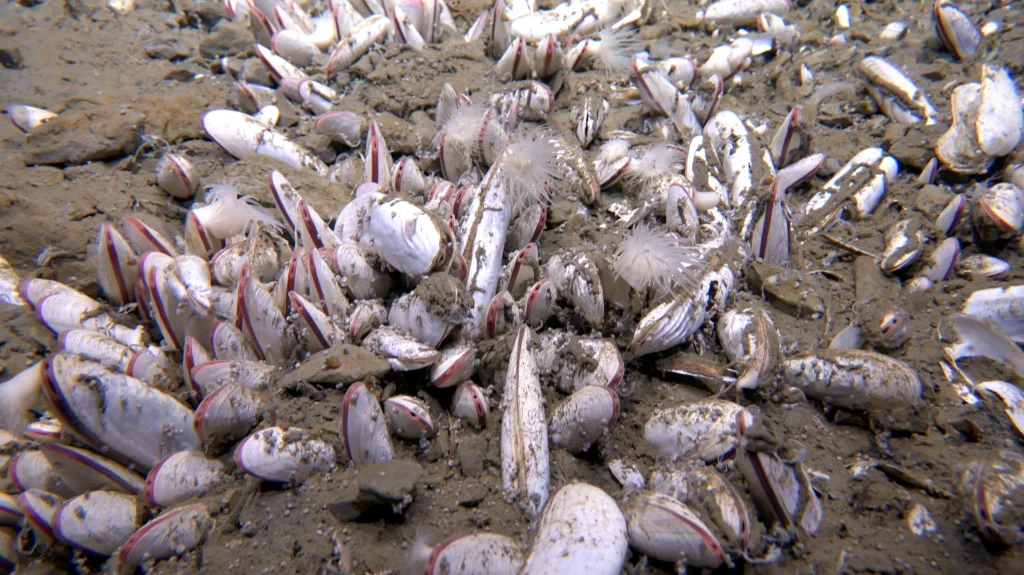CHEMICAL-EATING LIFE FOUND IN DEEP PACIFIC – Marine geochemist Mengran Du said these findings are astonishing
Scientists diving to astounding depths in two oceanic trenches in the northwest Pacific have discovered thriving communities of marine creatures that get their sustenance not by eating organic matter like most animals but by turning chemicals into energy.
They found these chemosynthesis-based animal communities – dominated by tube worms and clams – during a series of dives aboard a crewed submersible to the bottom of the Kuril-Kamchatka and Aleutian trenches. These creatures are nourished by fluids rich in hydrogen sulphide and methane seeping from the seafloor in this dark and frigid realm beyond the reach of sunlight.
Marine geochemist Mengran Du of the Institute of Deep-sea Science and Engineering, or IDSSE, part of the Chinese Academy of Sciences, said the find was astonishing for her.
“The first impression in my mind was ‘I don’t believe it,’ but… dreams (do) come true”, said Du, one of the authors of the research published on July 30 in the journal Nature.
These ecosystems were discovered at depths greater than the height of Mount Everest, Earth’s tallest peak. The deepest one was 9,533 meters (31,276 feet) below the ocean surface in the Kuril-Kamchatka Trench. This was almost 25% deeper than such animals had previously been documented anywhere.



